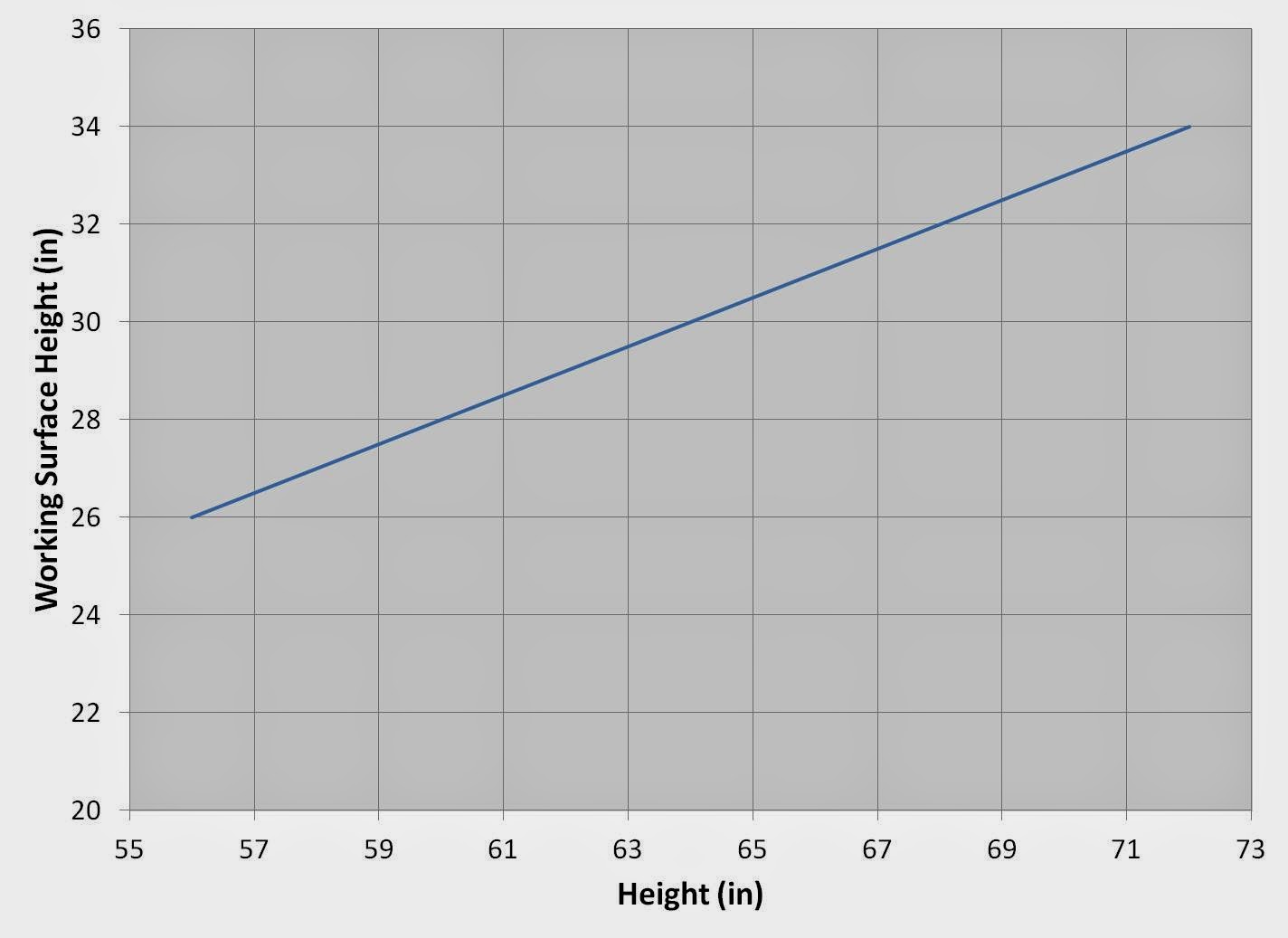The changing station - table, mat, shelf, whatever the physical manifestation - is a classic example of a work cell. An area specifically designed to perform work of a similar nature. There are many work cells in your home. The working triangle of you kitchen is used to produce meals. The vanity in the bathroom is used for personal hygiene. The busiest work cell in your home is likely your entry way or mud room, housing everything you need to get out the door.
At a changing station, the product is a clean and dry bum, securely covered in a clean and dry diaper. Emphasis on securely. The process requires speed, agility and needs to be completed primarily with one hand. The non-working hand used to secure the baby. Repeat, one hand on the baby at all times.
When we started out, the cell looked like this.
It really wasn't ideal for a few reason;
Yup. That's me. With baby poop down my front. Live and learn, right?
It really wasn't ideal for a few reason;
- The work surface was crowded. It was also serving as an end table and held an assortment of books, toys, a clock and a small lamp. All items not related to diaper changing.
- The garbage pail is across the room from the baby. In order to keep one hand on the baby at all times, you had to find a place (on an already crowded table) to put a pile of dirty wipes.
- You had to walk to the bathroom and back twice. First to flush the biodegradable liner down the toilet (we cloth diaper), then back to put the dirty diaper in the pail, then out again to wash your hands and back again to finish dressing the baby.
The Toyota Production System has a focus on neatness. Disorder hides problems; it makes work harder. Workplace organization begins with 5S.
Sort
Straighten
Shine
Standardize
Sustain
SORT
To begin, I removed anything that wasn't related to changing a diaper. The books, toys, lamp, clock, water bottle all found a new home. This left me with the essentials: wipes, cloths, cream, diapers, trash can, laundry bin, change pad. Once I had eliminated things that weren't required, I found more space for things that were. The laundry bin and trash can could all be moved within arms reach.
STRAIGHTEN
To begin, I removed anything that wasn't related to changing a diaper. The books, toys, lamp, clock, water bottle all found a new home. This left me with the essentials: wipes, cloths, cream, diapers, trash can, laundry bin, change pad. Once I had eliminated things that weren't required, I found more space for things that were. The laundry bin and trash can could all be moved within arms reach.
STRAIGHTEN
Next, I looked at the layout of the change table. Both my partner and I are right handed, so I made the right hand side of the table the working side and kept all tools and supplies there.
Yup. That's me. With baby poop down my front. Live and learn, right?
Here's the new layout:
The trash can is now on a shelf in easy reach and below it the laundry bin. Wet clothes can be removed and immediately put into the laundry bin. Wipes, creams, cloths and clean diapers all have a home in easy reach.
You may notice the diaper pail is missing. This is not because we switched to disposable diapers for baby number 2. It's because I moved it to the bathroom, near the flushing toilet and running water. No more walking back and forth, to and from the bathroom, carrying dirty diapers.
These simple changes improved efficiency in two ways. First, it reduced the excess movement, primarily back and forth to the bathroom but also across the room to the trash and laundry. Second, the efficiency came from not double handling material like laundry and dirty diapers. They could be disposed of immediately instead of collecting it in one place and then moving them again for disposal.
SHINE
I could say I gave the shelves a thorough cleaning, wiped down the trash can, disinfected the diaper pail. But who are we kidding, I went over everything with a Swiffer cloth and called it a day.
STANDARDIZE and SUSTAIN
With everything newly arranged, I brought in the team (my partner and Monkey, the dutiful big sister) and showed them around. Everyone knows that only diaper changing stuff goes in this area, and which bin is for which supply.
Two months in and things are still in their place.
Until next time,
Kaizen your Life.
SHINE
I could say I gave the shelves a thorough cleaning, wiped down the trash can, disinfected the diaper pail. But who are we kidding, I went over everything with a Swiffer cloth and called it a day.
STANDARDIZE and SUSTAIN
With everything newly arranged, I brought in the team (my partner and Monkey, the dutiful big sister) and showed them around. Everyone knows that only diaper changing stuff goes in this area, and which bin is for which supply.
Two months in and things are still in their place.
Until next time,
Kaizen your Life.













